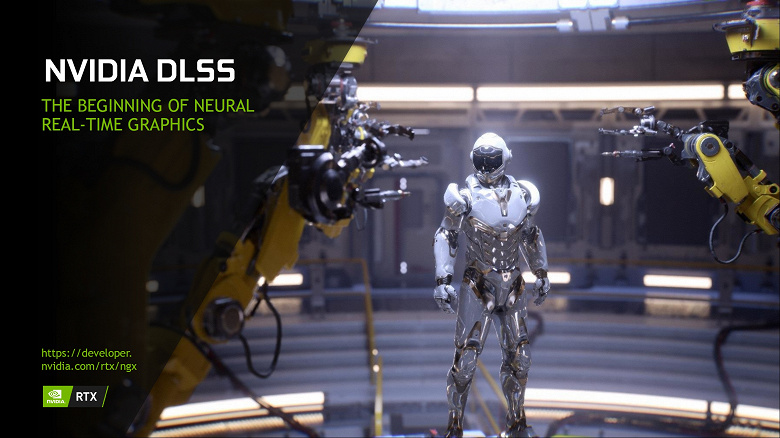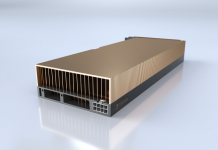DLSS 10 is taken here as an example
The main feature of DLSS 3 technology is frame generation when the GPU can complete entire frames based on artificial intelligence. Nvidia believes future versions of DLSS will do much more.

According to the company’s forecast, in the future, perhaps with the release of DLSS 10, neural networks will be able to completely replace classic rendering.
Back in 2018 at the NeurIPS conference, we put together a cool demo of a world that was rendered entirely using a neural network but driven by a game engine. So, essentially, we used the game engine to generate information about where things are and then used that as input to a neural network that did all the rendering, so it was responsible for almost every part of the rendering process. Getting this thing up and running in real-time in 2018 was kind of visionary. The image quality we received, of course, was not even close to the level of the same Cyberpunk 2077, but I think that in the long term, this is where the graphics industry will move. We are going to use generative artificial intelligence more and more.
This is Nvidia’s forecast
I think we’ll increase realism and also hopefully make it cheaper to create awesome AAA environments by moving to a lot more neural rendering. I think it will be a gradual process. The thing about traditional 3D Pipeline and game engines is that they’re controllable: you can have teams of artists create things, and they’ll have cohesive stories and locations and all that stuff. With these tools, you can truly build a world.
We will need these tools. I don’t believe that AI will create games in such a way that you just write a paragraph about making a cyberpunk game and then something as good as Cyberpunk 2077 comes out. I do think that in, say, the distant future there will be DLSS 10. This will be a fully neural rendering system that interacts with the game engine in different ways, making it more immersive and beautiful.
In this case, the tenth version of DLSS is indicated simply as an example. Of course, Nvidia still has no idea when this version will come out, what it will be capable of, or whether some other similar technology will replace it first. By the way, you can see the same demo from 2018 in the video below.
Given Nvidia’s orientation, it is likely that in each new generation of the company’s graphics architectures, we will see an increasing importance of tensor cores. For example, already in the next generation the ratio of conventional CUDA cores to tensor cores may shift relative to Ada Lovelace in favor of the latter.




